Water Management
Michael Abbott’s Hydroinformatics Poiesis of New Relationships with Water
Views : 10
Michael Abbott’s Hydroinformatics Poiesis of New Relationships with Water
Source: https://www.iwapublishing.com
Edited by: Andreja Jonoski
Usually dispatched in 2 to 3 days
Usually dispatched in 2 to 3 days
Category:
Water Management
Only logged in customers who have purchased this product may leave a review.
Related books
Handbook on Wastewater Management for Local Representatives
Introduction
Local officials play an integral part in the administration of wastewater treatment plants within their com[1]munities. Wastewater treatment plants are a critical capital asset and as a local official it is your responsi[1]bility to understand the operations and management procedures associated with it. As public managers, local officials need the skills and tools to address problems that may arise at their community’s plants. Because wastewater may impede public health or the environment within a community, it is important that elected officials familiarize themselves with basic terminology and responsibilities relating to wastewater treatment plants. This handbook is designed to be a reference tool for local officials, public administrators, and managers. In addition to the basic treatment operations, this handbook will discuss the strategies to ensure compliance, funding, adequate training, and public education. This reference will also help public officials familiarize themselves with financial management tools, loan and grant assistance, as well as learn about capital improvement planning to enhance long term economic viability. The handbook is broken into different sections. Each section discusses important topics and subject mat[1]ters that will provide public officials with the basic information needed to understand how wastewater treat[1]ment plants operate. There are additional resources located at the end of each chapter for those who would like to learn more. In the appendices, topics such Advanced Evaluation Techniques, including the time value of money, are discussed in more detail, as well as sample forms for reporting and gathering information to properly manage their wastewater systems. In addition, this handbook has a comprehensive glossary of terms and glossary of financial terms.
Handbook on Wastewater Management for Local Representatives
Introduction
Local officials play an integral part in the administration of wastewater treatment plants within their com[1]munities. Wastewater treatment plants are a critical capital asset and as a local official it is your responsi[1]bility to understand the operations and management procedures associated with it. As public managers, local officials need the skills and tools to address problems that may arise at their community’s plants. Because wastewater may impede public health or the environment within a community, it is important that elected officials familiarize themselves with basic terminology and responsibilities relating to wastewater treatment plants. This handbook is designed to be a reference tool for local officials, public administrators, and managers. In addition to the basic treatment operations, this handbook will discuss the strategies to ensure compliance, funding, adequate training, and public education. This reference will also help public officials familiarize themselves with financial management tools, loan and grant assistance, as well as learn about capital improvement planning to enhance long term economic viability. The handbook is broken into different sections. Each section discusses important topics and subject mat[1]ters that will provide public officials with the basic information needed to understand how wastewater treat[1]ment plants operate. There are additional resources located at the end of each chapter for those who would like to learn more. In the appendices, topics such Advanced Evaluation Techniques, including the time value of money, are discussed in more detail, as well as sample forms for reporting and gathering information to properly manage their wastewater systems. In addition, this handbook has a comprehensive glossary of terms and glossary of financial terms.
Findings And Recommendations For A Water Utility Sector Management Strategy
Introduction:
This report presents the findings and recommendations of the Effective Utility Management Steering Committee to the Effective Utility Management Collaborating Organizations— Association of Metropolitan Water Agencies (AMWA); American Public Works Association (APWA); American Water Works Association (AWWA); National Association of Clean Water Agencies (NACWA); National Association of Water Companies (NAWC); United States Environmental Protection Agency (EPA); and Water Environment Federation (WEF)—referred to
as the Collaborating Organizations. As described below, the findings and recommendations in this report are to be used by the Collaborating Organizations to develop a water utility sector management strategy
Findings And Recommendations For A Water Utility Sector Management Strategy
Introduction:
This report presents the findings and recommendations of the Effective Utility Management Steering Committee to the Effective Utility Management Collaborating Organizations— Association of Metropolitan Water Agencies (AMWA); American Public Works Association (APWA); American Water Works Association (AWWA); National Association of Clean Water Agencies (NACWA); National Association of Water Companies (NAWC); United States Environmental Protection Agency (EPA); and Water Environment Federation (WEF)—referred to
as the Collaborating Organizations. As described below, the findings and recommendations in this report are to be used by the Collaborating Organizations to develop a water utility sector management strategy
Baseline Analysis on Domestic Wastewater Management in the Wider Caribbean Region
INTRODUCTION
In the Wider Caribbean Region (WCR), improperly treated domestic wastewater can be a significant source of marine pollution and represents a threat to human health, sustainable development and marine resources. However, a tendency to the stagnation in the sanitation services is observed among many municipalities in the region as population's size and the economy are increased. Also, natural resources vital to economic growth are wasted or lost through misdirected urban policies and practices, and population overspill into areas less suitable for urban development, thus creating further pressure on these resources as urban sprawl increases, turning the town concerned into one large drain 1 . The environmental problems associated with uncontrolled urban development are particularly marked among the poorest urban sectors those with the worst housing and the most restricted access to public services. But the principal impact of unrestrained urban expansion is on the environment caused by pollution of inland and marine waters, exhaustion of water reserves, destruction of woodlands and fertile agricultural land, and encroachment on ecologically-productive territory (the ecological footprint). The severest effects are declining drinking water reserves and deteriorating housing quality, public health and sanitation services 2 . In WCR countries, an important sector of the population lives in coastal areas where sewerage systems are deficient and even absent in some cases and have illegal connections to the storm drains. The limited access to a basic sanitation by means of the domiciliary connection to a sewer system, low[1]cost household systems made up of septic tanks, dry latrine and with discharge of water, and to the simple pit latrine; as well as the shortage of sewage treatment plants in countries that have sewer systems causing risks to public health and the environment 3 . The pattern of sanitation cover in the region is extremely patchy in terms of its extent and treatment capabilities, reflecting sharp differences between the various countries in terms of culture and tradition, as well as degrees of socio-economic development; factors that significantly influence the lives of their populations and the environmental quality. The development of these services in the region over the last three decades compares quite favorably with other parts of the world. However, as regards to coverage, the absolute numbers are worrying, an estimated 100 million inhabitants (15% of those living in upstream coastal areas) have no access to sanitation services, while some 43% of the sewer system effluents receives some degree of treatment(pre-treatment, primary treatment, secondary treatment, tertiary treatment or sewage discharges by means of submarine outfalls) 4 .
Baseline Analysis on Domestic Wastewater Management in the Wider Caribbean Region
INTRODUCTION
In the Wider Caribbean Region (WCR), improperly treated domestic wastewater can be a significant source of marine pollution and represents a threat to human health, sustainable development and marine resources. However, a tendency to the stagnation in the sanitation services is observed among many municipalities in the region as population's size and the economy are increased. Also, natural resources vital to economic growth are wasted or lost through misdirected urban policies and practices, and population overspill into areas less suitable for urban development, thus creating further pressure on these resources as urban sprawl increases, turning the town concerned into one large drain 1 . The environmental problems associated with uncontrolled urban development are particularly marked among the poorest urban sectors those with the worst housing and the most restricted access to public services. But the principal impact of unrestrained urban expansion is on the environment caused by pollution of inland and marine waters, exhaustion of water reserves, destruction of woodlands and fertile agricultural land, and encroachment on ecologically-productive territory (the ecological footprint). The severest effects are declining drinking water reserves and deteriorating housing quality, public health and sanitation services 2 . In WCR countries, an important sector of the population lives in coastal areas where sewerage systems are deficient and even absent in some cases and have illegal connections to the storm drains. The limited access to a basic sanitation by means of the domiciliary connection to a sewer system, low[1]cost household systems made up of septic tanks, dry latrine and with discharge of water, and to the simple pit latrine; as well as the shortage of sewage treatment plants in countries that have sewer systems causing risks to public health and the environment 3 . The pattern of sanitation cover in the region is extremely patchy in terms of its extent and treatment capabilities, reflecting sharp differences between the various countries in terms of culture and tradition, as well as degrees of socio-economic development; factors that significantly influence the lives of their populations and the environmental quality. The development of these services in the region over the last three decades compares quite favorably with other parts of the world. However, as regards to coverage, the absolute numbers are worrying, an estimated 100 million inhabitants (15% of those living in upstream coastal areas) have no access to sanitation services, while some 43% of the sewer system effluents receives some degree of treatment(pre-treatment, primary treatment, secondary treatment, tertiary treatment or sewage discharges by means of submarine outfalls) 4 .
Industrial Wastewater Management Problems in Borg El-Arab New Industrial City.
ABSTRACT:
Borg El-Arab is a new industrial city within Alexandria containing around 1200 factory distributed within four industrial zones. Since 2008, the sanitary system including the treatment plant of Borg El-Arab was handed to Alexandria Sanitary Drainage Company (ASDCO) for management. From the preliminary survey it was found that all factory's effluents were not complying with the limits of Law 93 for year 1962 and its presidential decree 44 for year 2000. They dispose their raw wastewater directly into the sewerage system, which creates a chronic street flooding problems all over the industrial zones. As well as affecting the quality of the old treatment plant influent located at the east of the city and the newly instructed tertiary treatment plant. These factories did not construct effective industrial effluent treatment systems for their wastes, which were supposed to be constructed before getting the permission to start the industrial activity and production. Another problem was the lack of effective industrial effluent inspection, monitoring, and weakness of the legal power and action against non-complying industries. Finally, there was no technical assistance system. Alexandria Sanitary Drainage Company carried out a Management system to solve these problems through: 1) Industrial survey for technical assistance to apply pollution prevention concepts; 2) Periodical sampling and monitoring program based on severity of the industry; 3) Compliance evaluation to take step by step action for non-complying factories after re[1]assisting non-complying factories to reconcile their situation, this system applies for already existing industries. For new industries it is essential to apply an additional step which is that the Municipality should get our permission before giving license to industries to start practicing their activity.; 4) Applying a cost recovery program. According to applying these steps problems have decreased and number of complying industries has increased. Under these circumstances we would like to stress on the importance of applying On-line Monitoring systems to assure effective control of industrial effluent quality 24/7.
Industrial Wastewater Management Problems in Borg El-Arab New Industrial City.
ABSTRACT:
Borg El-Arab is a new industrial city within Alexandria containing around 1200 factory distributed within four industrial zones. Since 2008, the sanitary system including the treatment plant of Borg El-Arab was handed to Alexandria Sanitary Drainage Company (ASDCO) for management. From the preliminary survey it was found that all factory's effluents were not complying with the limits of Law 93 for year 1962 and its presidential decree 44 for year 2000. They dispose their raw wastewater directly into the sewerage system, which creates a chronic street flooding problems all over the industrial zones. As well as affecting the quality of the old treatment plant influent located at the east of the city and the newly instructed tertiary treatment plant. These factories did not construct effective industrial effluent treatment systems for their wastes, which were supposed to be constructed before getting the permission to start the industrial activity and production. Another problem was the lack of effective industrial effluent inspection, monitoring, and weakness of the legal power and action against non-complying industries. Finally, there was no technical assistance system. Alexandria Sanitary Drainage Company carried out a Management system to solve these problems through: 1) Industrial survey for technical assistance to apply pollution prevention concepts; 2) Periodical sampling and monitoring program based on severity of the industry; 3) Compliance evaluation to take step by step action for non-complying factories after re[1]assisting non-complying factories to reconcile their situation, this system applies for already existing industries. For new industries it is essential to apply an additional step which is that the Municipality should get our permission before giving license to industries to start practicing their activity.; 4) Applying a cost recovery program. According to applying these steps problems have decreased and number of complying industries has increased. Under these circumstances we would like to stress on the importance of applying On-line Monitoring systems to assure effective control of industrial effluent quality 24/7.
Management Of Brine Discharges To Coastal Waters Recommendations Of A Science Advisory Panel
Introduction:
Interest in desalination is high in California, where increasing populations and limitations to existing water supplies have spurred development of alternative sources derived from seawater desalination and reclamation of wastewater and groundwater. A few seawater desalination facilities are currently in operation in California (Table 1-1), but proposals for over 20 additional coastal facilities are under consideration (Cooley et al. 2006) with a potential total capacity approaching 500 mgd in 2030 (Bleninger and Jirka 2010). These include plants in Carlsbad, Camp Pendleton, Huntington Beach, Dana Point, Long Beach, El Segundo, Playa Del Rey, Oceano, Cambria, Marina, Sand City, Ocean View Plaza, Santa Cruz, Moss Landing, Montara, San Rafael, East Bay, and Crockett, with the largest of these proposed plants located in Southern California. The development and operation of these additional facilities will greatly increase the amount of desalination capacity and associated concentrate production in California.
Management Of Brine Discharges To Coastal Waters Recommendations Of A Science Advisory Panel
Introduction:
Interest in desalination is high in California, where increasing populations and limitations to existing water supplies have spurred development of alternative sources derived from seawater desalination and reclamation of wastewater and groundwater. A few seawater desalination facilities are currently in operation in California (Table 1-1), but proposals for over 20 additional coastal facilities are under consideration (Cooley et al. 2006) with a potential total capacity approaching 500 mgd in 2030 (Bleninger and Jirka 2010). These include plants in Carlsbad, Camp Pendleton, Huntington Beach, Dana Point, Long Beach, El Segundo, Playa Del Rey, Oceano, Cambria, Marina, Sand City, Ocean View Plaza, Santa Cruz, Moss Landing, Montara, San Rafael, East Bay, and Crockett, with the largest of these proposed plants located in Southern California. The development and operation of these additional facilities will greatly increase the amount of desalination capacity and associated concentrate production in California.


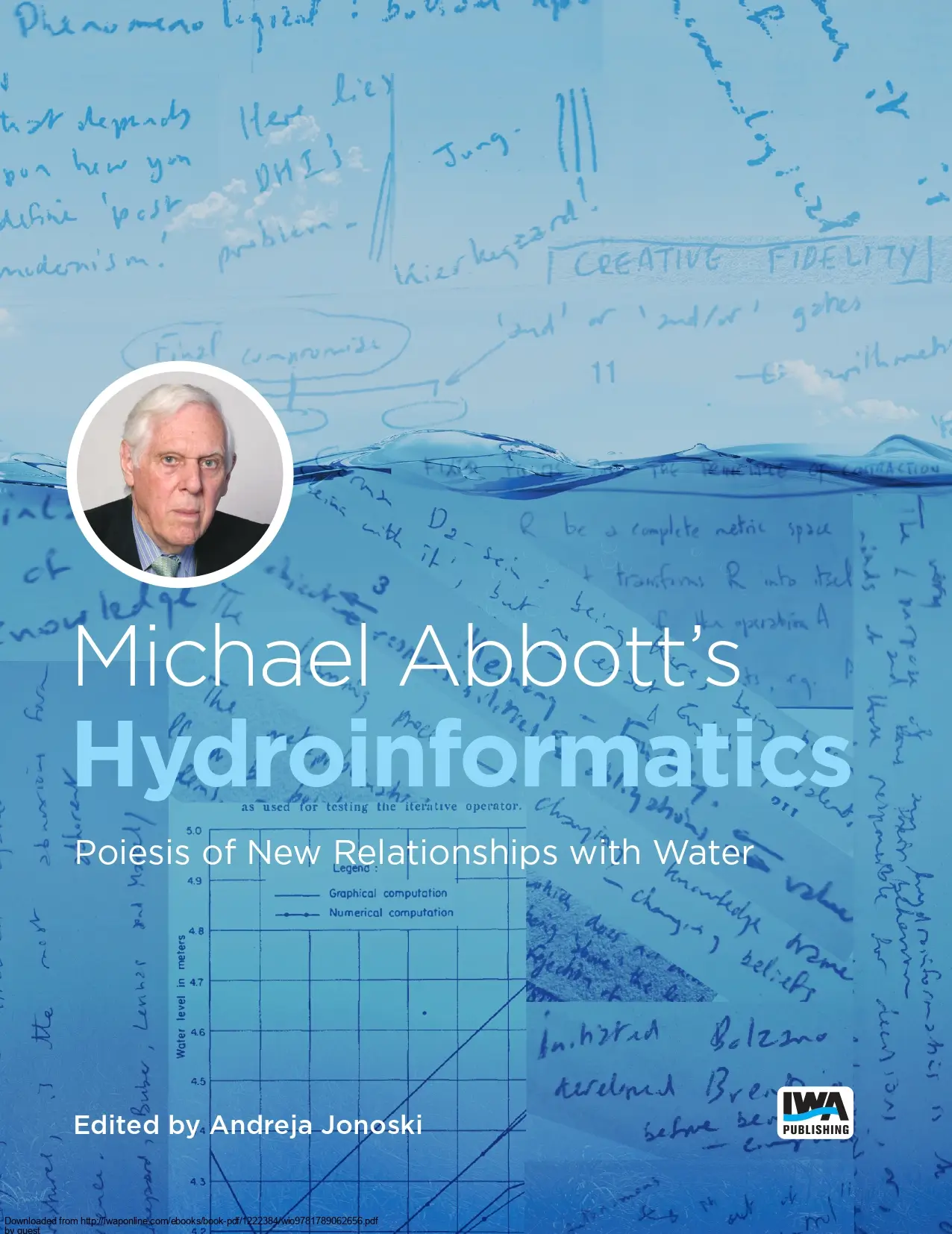
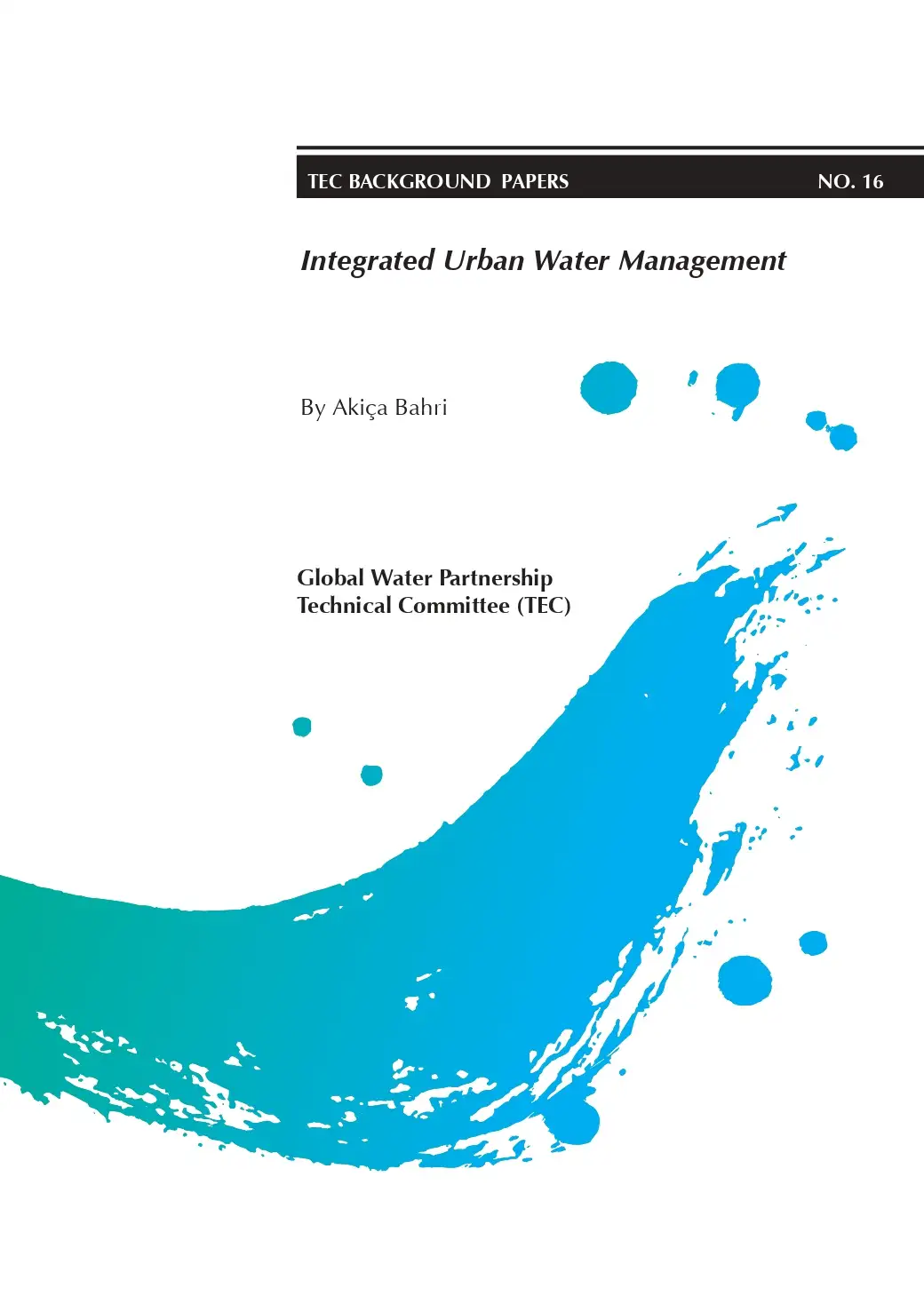
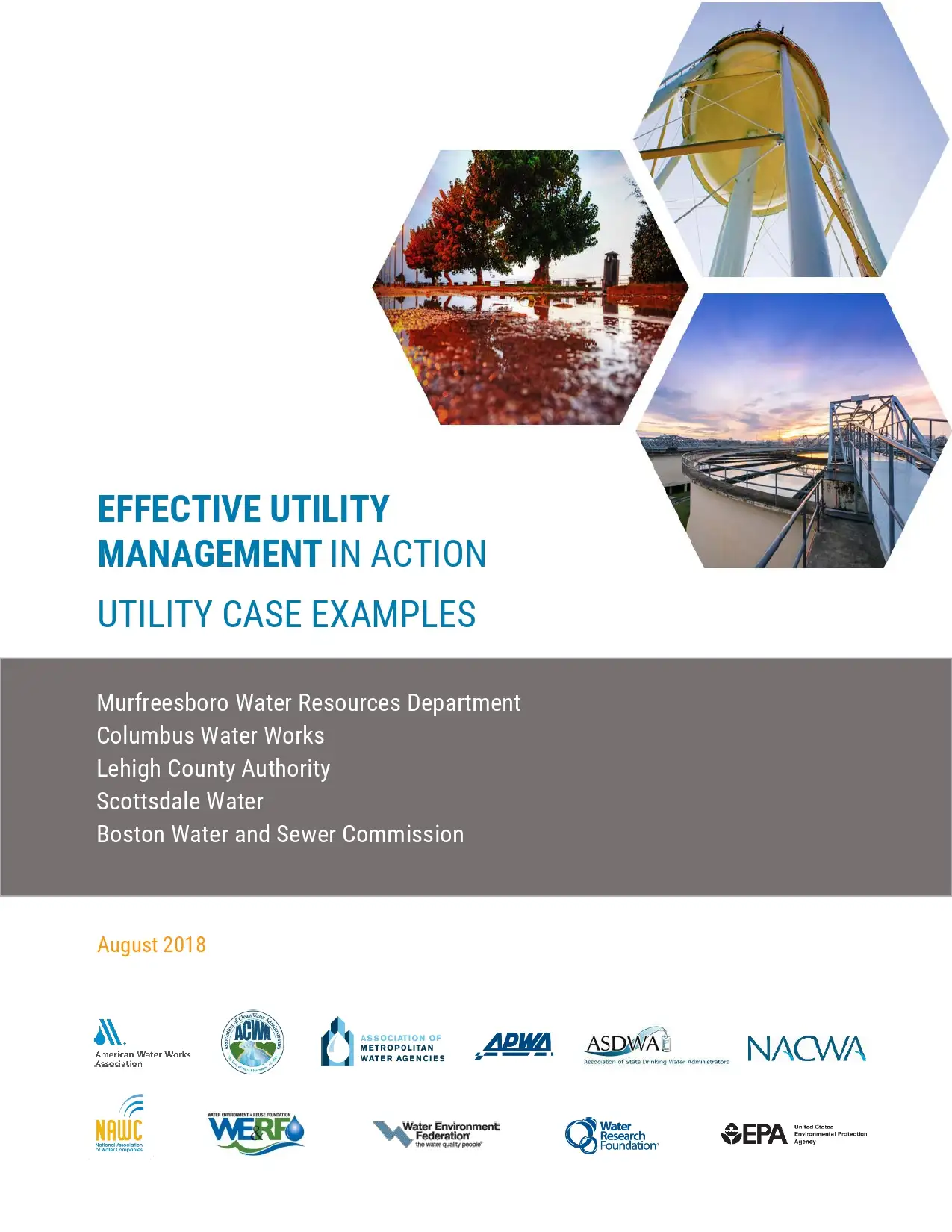
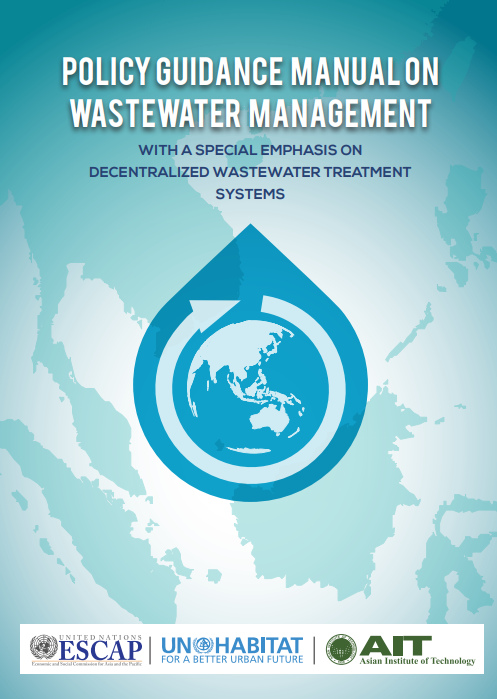
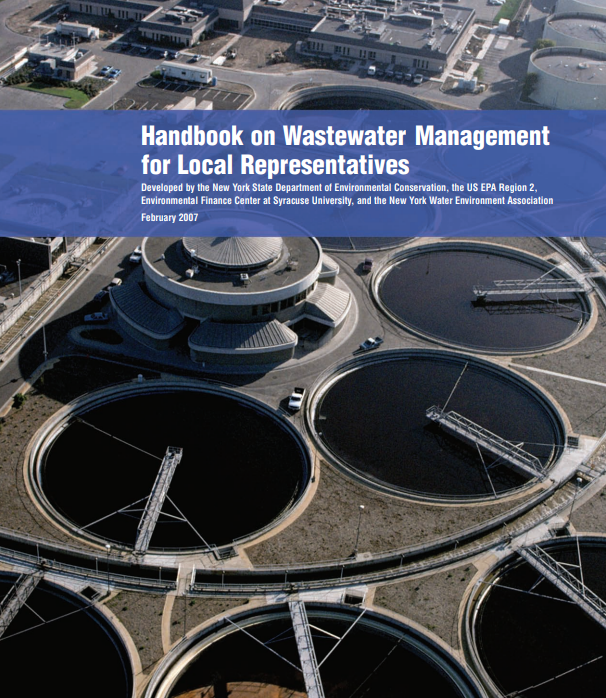
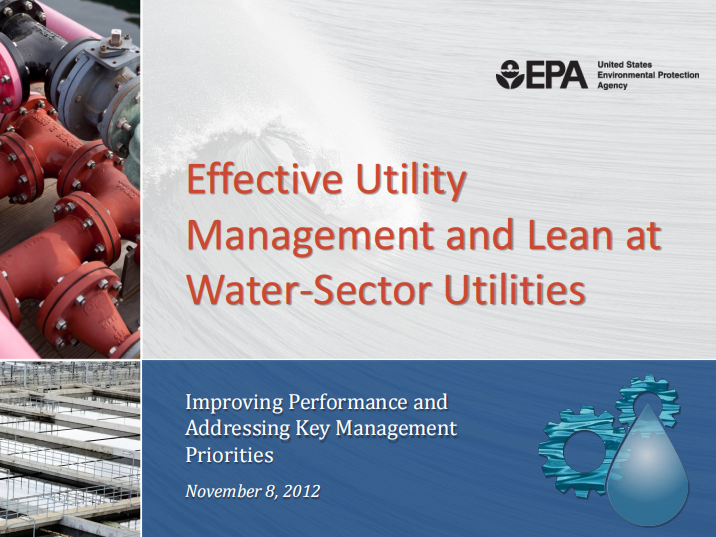
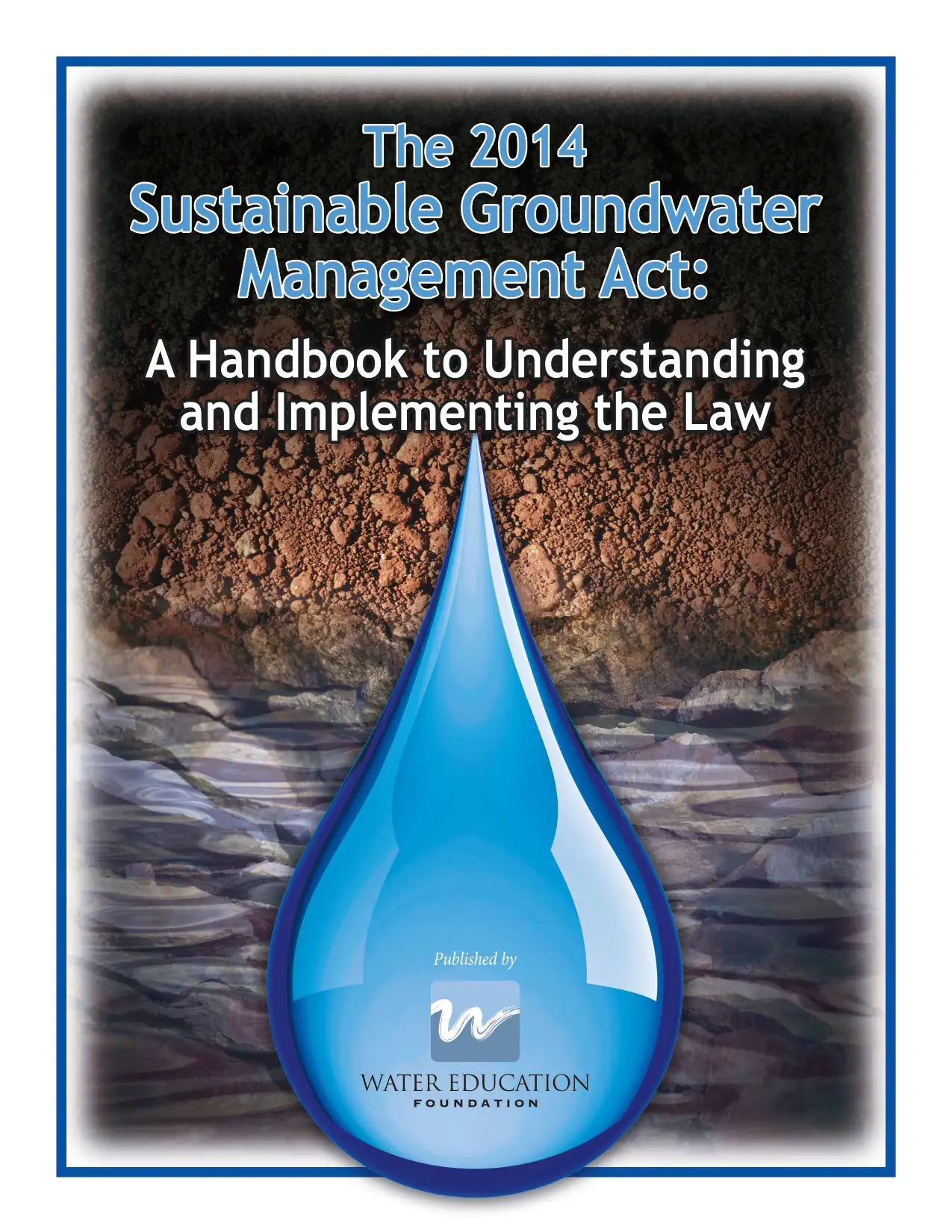


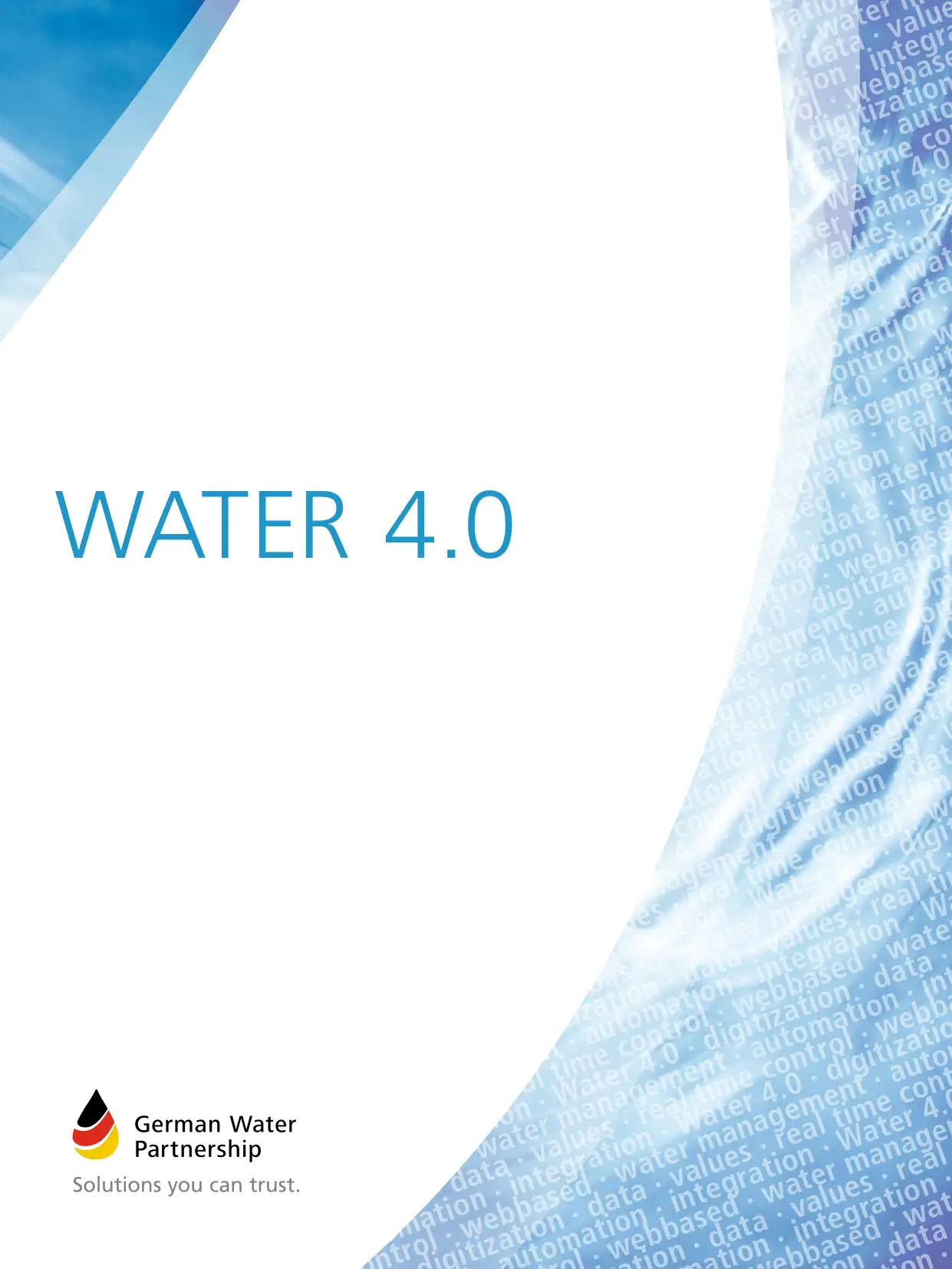


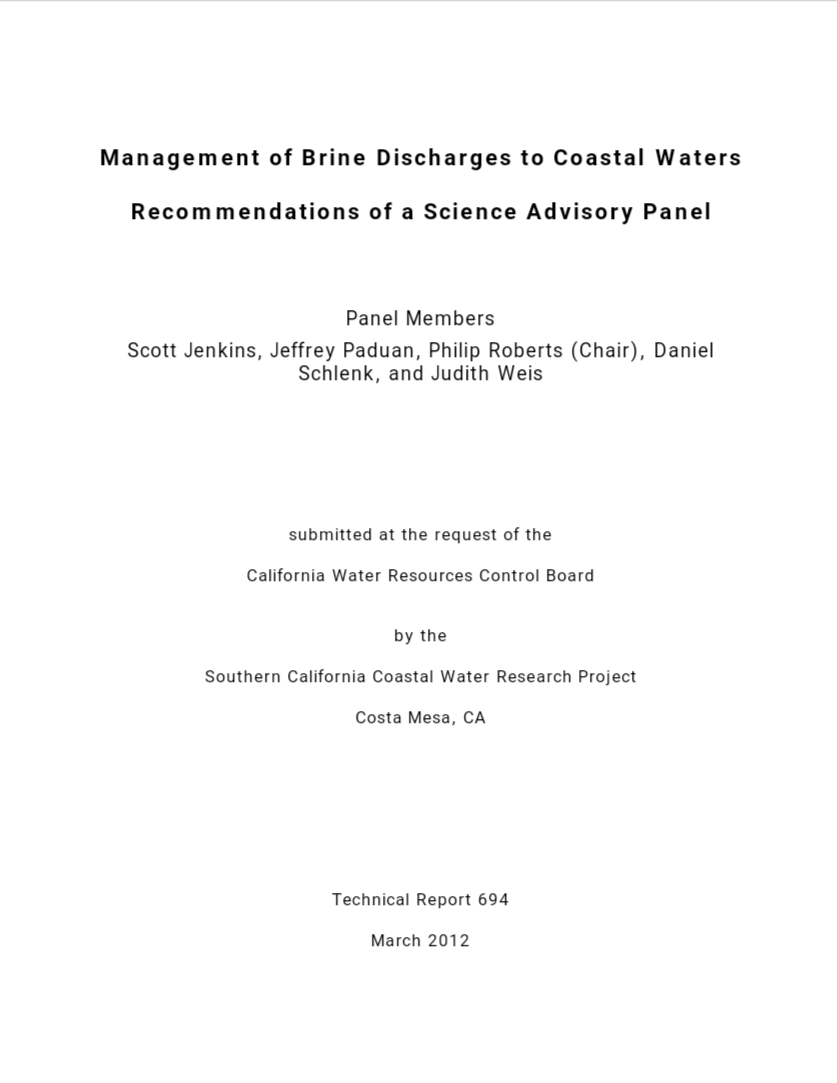
Reviews
There are no reviews yet.